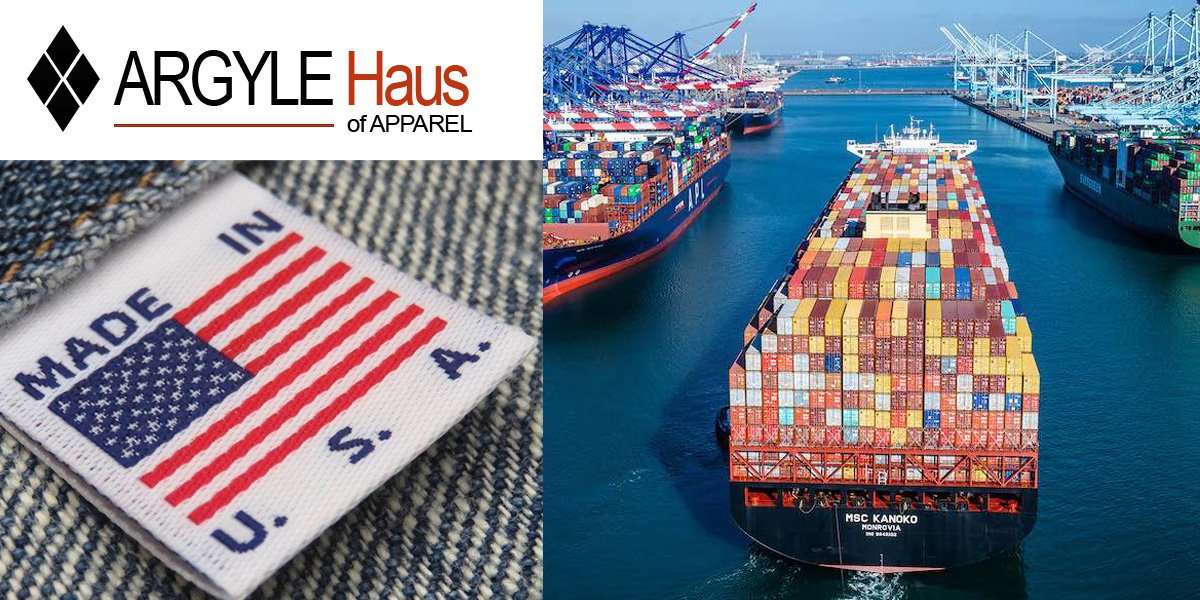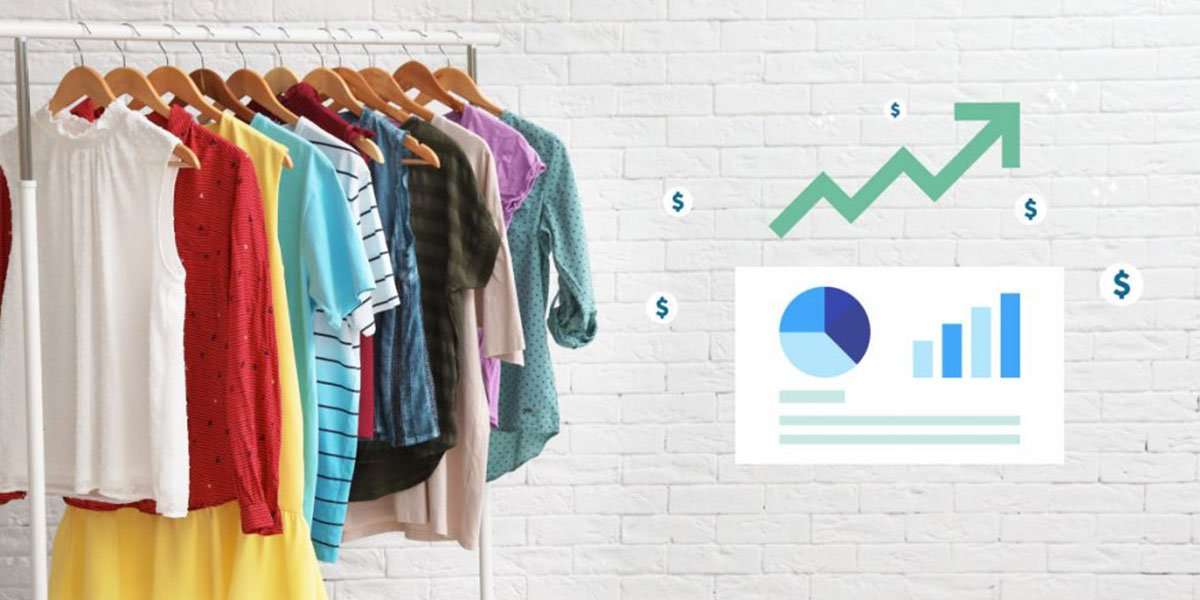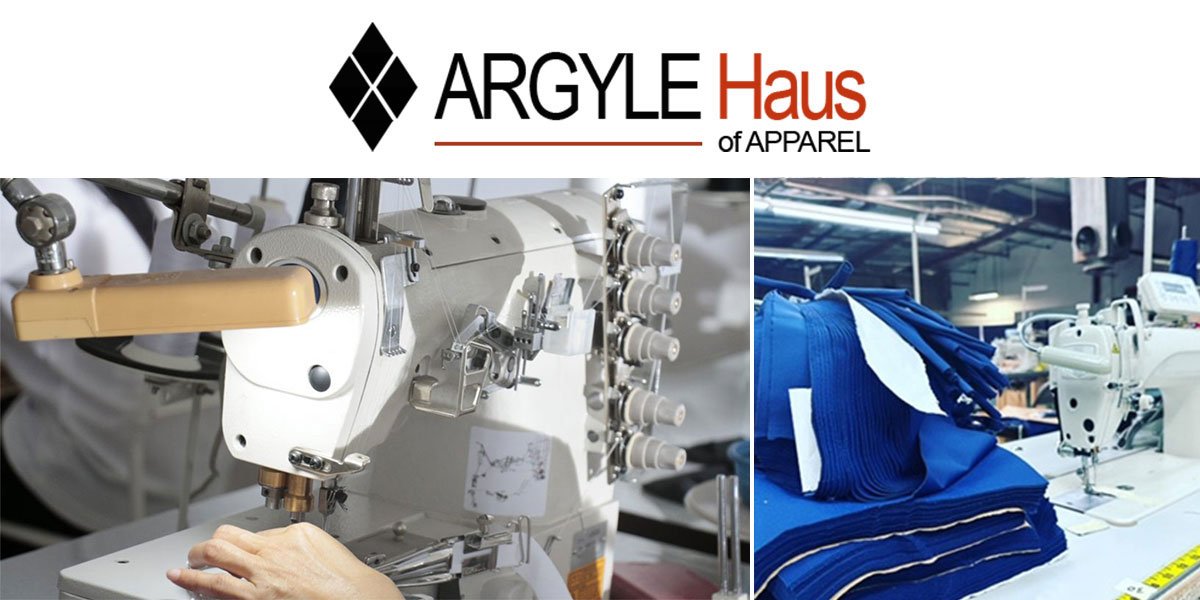Fast fashion has become a global phenomenon that mass produces clothing collections quickly and efficiently. However, this new trend comes at an expense both environmentally and economically that many would-be consumers do not want or need in their lives! The desire for trendiness drives us towards buying these garments even when they may not be durable or stylish enough long-term, but we just can’t help ourselves, can we?
The fast-fashion revolution has taken over the apparel industry. It’s made updating your wardrobe from a semi-annual expenditure to something akin to ordering takeout. But as the industry has grown, so too have its problems—namely, unethical labor practices and mountains of textile waste. According to research, the fashion industry is already one of the most polluting industries in the world, with the emission of more greenhouse gases than international shipping and aviation combined. Fast Fashion, however, has only come to make things worse, sadly!
Major Players in the Fast Fashion Space

Zara, H&M Group, UNIQLO, GAP, Forever 21, Topshop, Esprit, Primark, Fashion Nova, Shein, and New Look are some of the major players in the fast-fashion industry. These manufacturers and retailers can keep up with the latest fashion trends and produce garments quickly and cheaply, making them appealing to fashion-conscious consumers while disregarding the downside to this business model, including its negative environmental and economic impacts.
Often, low-cost countries are the perfect place for these fast-fashion retailers to locate their factories because they have cheap labor. This saves them billions of dollars in the long run. However, the environmental impact and workers’ rights violations arising from such industrial practices constitute significant challenges in these underdeveloped nations. Yet, not much thought goes into these consequences – which makes sense since we all want cheap clothes!
How to Recognize a Fast Fashion Brand
Fast fashion companies share several characteristics; these include:
1. A small number of specific garments (Popular with Zara). Customers are aware that they will miss their opportunity if they don’t purchase anything they like, as new stock is available in the store every few days.
2. Fast Fashion brands utilize offshore manufacturing, low-paid workers with minimal rights and safety, and complex supply chains with limited visibility beyond the first level.
3. Fast fashion brands include many designs to choose from, with particular attention paid to the most current fads.
4. The gap between when a trend or garment is seen on the catwalk or in entertainment media and when it reaches the shop shelves is exceptionally brief.
5. Fast fashion garments utilize low-quality materials like polyester in their mass production, resulting in garments that wear out quickly and are ultimately thrown away. This is a marketing ploy to get you to purchase the newest fashionable item!
The Economic, Social, and Environmental Hazards of Fast Fashion Brands
Toxic Textiles Are Mostly Employed in Fast Fashion

It’s hard to believe that some clothing is made from synthetic materials, but it’s true, especially regarding the fast-fashion model! These cheap and disposable fabrics allow manufacturers to cut corners when it comes to quality, meaning that the final product is often of lower quality and costs less to produce.
Some of the most common toxic textiles in fast fashion are polyester, acrylic, and nylon. These synthetic materials are made from petroleum products and will not break down easily in landfills. They take hundreds of years to biodegrade, making them largely anti-green.
Not only are these fabrics bad for the environment and natural resources, but they can also harm your health! According to studies, flame retardants and other chemicals like formaldehyde found in some of these textiles have been linked to various health issues, including endocrine disruption, cancer, and infertility.
Fast Fashion Increases Water System Hazards
The fashion business is the second greatest water consumer, after agriculture. The production of one pair of jeans can use up to 1,800 gallons (8182.962 liters) of water. However, there’s much more to the story! In addition to using a lot of water for manufacturing, the fashion business is also a significant water polluter. This is linked to the practice of disposing of wastewater from processes like textile dyeing into ditches, streams, or rivers.
Fast fashion is much worse because dyeing low-cost clothing creates a hazardous mix of chemicals, resulting in greater chemical disposal into water systems with each production. According to the World Bank, the fast fashion industry generates 20% of total global wastewater when dyeing and treating textiles. More than 2.5 billion tons of wastewater are produced yearly in China alone (about half of the world’s clothing is made).
Finally, keep in mind that polyester sheds microfibers after each wash cycle. These minute particles enter the wastewater system. In the long run, they contribute to the overabundance of plastic in the sea, disrupting marine food chains. These fine fibers are ingested by animals and possibly even reach our plates through seafood such as fish.
The Industry Leaves a Large Carbon Footprint
Fast fashion is a significant contributor to air pollution worldwide and has been ranked as one of, if not the most polluting industry on Earth. This problem stems from how quickly these companies produce cheap clothing items that are soon replaced by new styles without being correctly recycled or disposed of.
In total, fast fashion industries produce 150 billion garments each year and contribute 10% of global carbon emissions. Fast fashion contributes to the pollution and depletion of the environment. As a result, environmental pollution is just one of the many detrimental consequences of fast fashion.
Workers’ Rights Abuse
In general, fast fashion benefits from labor rights abuse. The workers in fast fashion factories are often paid very little, work long hours, and are subject to dangerous and unhealthy conditions. There have been historical occasions, such as the Rana Plaza factory collapse in 2013, which killed over 1000 workers in Bangladesh. Fast fashion brands often use subcontractors in their supply chains, which makes it challenging to monitor working conditions and ensure workers’ rights are respected. While some fast fashion brands have made efforts to improve working conditions in their factories, much more needs to be done to protect workers’ rights in the business!
Moving Towards a Sustainable Future
More manufacturers are becoming aware of fast fashion’s adverse environmental, economic, and social effects, which is driving them to slow down their production processes and use recycled or renewable materials. In addition, some brands are partnering with Non-governmental organizations (NGOs) to support ethical initiatives such as fair trade practices. As the fashion industry evolves, it is important to be aware of the different philosophies and practices that brands are using to become more sustainable.
Ethical Fast Fashion – Who is Doing it and How is it Done
Sustainable and ethical fashion is a method of sourcing, producing, and designing clothing that optimizes the industry’s and society’s benefits while minimizing adverse environmental effects. While the two are similar in ideology, they have somewhat varied issues that must be addressed.
Ethical Fashion
The term “ethical fashion” refers to social ethics, worker rights, and environmental responsibility at all phases of apparel production. Ethical fashion is worker-centric since its critical eye examines how each stage in the supply chain affects garment workers.
Ethical fashion brands are mainly concerned with lowering the risk to people and the environment. In its most refined form, it benefits those who work along the supply chain while also improving everyone’s future—not just the top few.
Sustainable Fashion
Sustainable fashion is the practice of designing, producing, distributing, and utilizing clothing in a way that is good for the environment. Sustainable fashion is a style that is more environmentally focused and often incorporates natural fibers and recycled materials into garments.
Producing sustainable garments requires less energy, water, and other resources than conventional fashion production. Sustainable fashion is made to minimize pollution and waste while also having a positive social and economic impact.
While the fashion industry has a long way to go before it can be considered sustainable or ethical, several designers, brands, and retailers are working hard to change that. Here are a few things you should know about ethical, fast fashion – how clothing designers can do it right:
How it is Done: Sustainable Materials in Sustainable Clothing
Ethical and sustainable fashion brands are environmentally conscious, use greener materials like organic wool, and incorporate a better cotton initiative which includes organic cotton production without pesticides or fertilizers. They also recycle polyester from recycled plastic bottles to produce their clothing in an effort toward ethical and sustainable fashion. These clothing brands also include other organic fibers such as acrylics, nylon, etc.
Some ethical brands also use less-toxic dyes and procedures to achieve sustainable and ethical clothing. They want to minimize the carbon footprint of their manufacturing facilities while maintaining them safe for employees through this ethical and sustainable method.
A commitment to sustainability marks each item’s life cycle. The designers make clothing that will last a long time and remain fashionable so that they won’t go to landfills within the next year. A sustainable and ethical clothing company also eliminates as much packaging as possible when shipping their products directly to shops or consumers. Finally, sustainable brands are concerned with the product’s end-of-life cycle, frequently taking back worn-out clothing for recycling or disposal.
Labor Standards
The fashion industry has been under fire in recent years for various reasons, including its environmental impact, its use of child labor, and the low wages paid to workers in developing countries. While some progress has been made, there is still a long way to go before the industry can be considered ethical and sustainable.
The fashion industry can only be said to be ethical and sustainable when it achieves the following:
- Appropriate pay
- No forced or child labor
- Protection of workers’ basic human rights
- Enforcing workplace health and safety standards
- The enhancement of Biodiversity
- Using organic farming to produce textiles in environmentally responsible ways.
What Can Be Done to Make Fashion Better

To be a sustainable fashion company, you must consider the entire value chain. The fashion house must not only be low-waste and reduce pollution but also advocate for greater environmental protection and restoration, promote worldwide gender equality, and finance research and techniques that will produce a sustainable standard. It is therefore essential to note that locally sourced materials and labor are critical aspects of building a sustainable fashion brand.
Locally sourced materials and labor can improve accountability in the fashion supply chain. Workers in many countries are subjected to exploitative working conditions that result in human rights abuses, including long hours, forced overtime, job insecurity, sexual harassment, and racial prejudice. Unfortunately, many companies’ high-speed fashion business models have been discovered to source materials and labor from nations with lower levels of human well-being.
However, by ensuring that materials are sourced from within the country and that workers are paid a fair wage, brands can help create a more sustainable and ethical industry. In addition, locally sourced materials and labor can help support the local economy.
What Role Do We Play in the Development of Ethical and Sustainable Fashion?
We believe purchasing high-quality, eco-friendly apparel is critical at ARGYLE Haus Of Apparel. Organic materials have both advantages and disadvantages, no doubt, but the environmental benefits of organic materials are indisputable. Hence, our manufacturing processes do nothing less than exceptional organic textiles.
ARGYLE Haus of Apparel is proud to offer a range of ethical and sustainable fashion options. We believe it is essential to support clothing companies working to make a difference in the world. When you buy from us, you can be sure that you are supporting a company that values sustainability, ethical manufacturing practices, and social responsibility.






